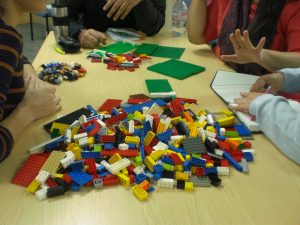
Using creative methods to reflect
Producing reflections can be a creative process if we allow for more creative methods, such as Lego models.
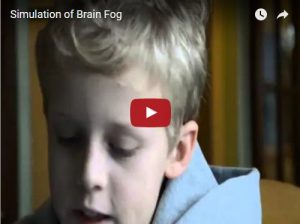
Simulation of brain fog
Brain fog is difficult to explain. So I tried to create a simulation of an episode of brain fog.
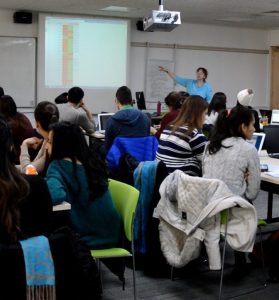
Using audience response systems for teaching
In my experience using audience response systems in secondary or higher education can improve participation and engagement amongst learners.
Teacher training placements
A brief outline of intended research in relation to the placements within teacher training.
What is fibromyalgia?
This is a brief introduction to fibromyalgia, an invisible illness causing pain and cognitive dysfunctions.
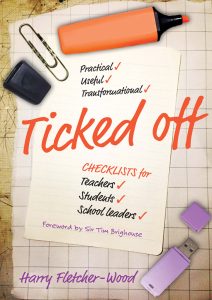
Book review: Ticked off – checklists for teachers, students, school leaders
This is a review of Harry Fletcher-Wood's book on how checklists can make all aspects of teaching more effective.
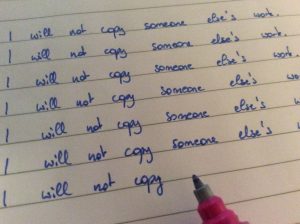
Reflections about plagiarism
Plagiarism is a socio-cultural issue. This is about academic integrity and the reputation of an institution and the degree that is awarded. I would not want to hold an academic degree that is devalued in such way that many people were able to cheat their way through it. This is a reflective piece of writing on plagiarism and what it feels like for an academic.
Teaching empathy in dance classes
A report about teaching empathy in dance classes
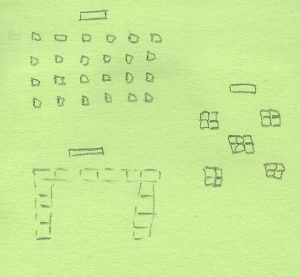
Classroom management
The classroom is a place where learning happens and should be encouraged, therefore classroom management relates to the strategies a teacher can use to organise students' learning. According to Garrett (2015) classroom management can be considered in five categories: behavioural management and discipline, the layout of a classroom, rules and routines, the relevance of relationships and the importance of instruction. Good classroom management is proactive and about the students' learning.
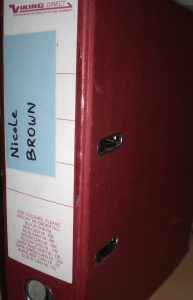
Professional development portfolios
Many teacher training sessions and professional development courses nowadays link to or culminate in the compilation of portfolios. Portfolios are evidences and resources that are gathered and annotated systematically to provide an overview of the teachers' achievements, career events and areas for development. The process of gathering information for the portfolios is an opportunity to take a step back from everyday work to reposition yourself and reconsider your values, your development and your learning. Here is some help for developing portfolios.
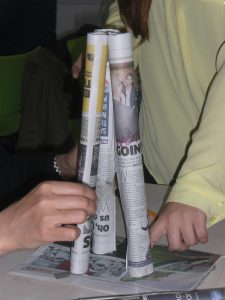
Assessment as a learning opportunity
Many teacher training sessions focus on assessment but we do not spend enough time on discussing assessment in the sense of marking student work. We do not discuss the impact marking has on the students' learning and the teachers' workload, nor do we talk about how we could make marking more meaningful for our learners.
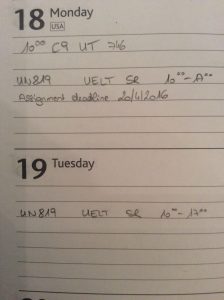
Time management
A cyclical process of reading, writing and editing is only possible if you leave enough time. Time management is therefore one of the key skills to learn when entering University life. The easiest way to introduce effective time management is by preparing schedules.
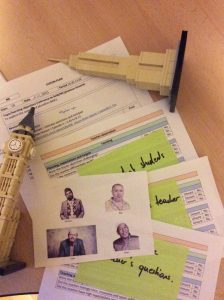
Challenging students
I believe in challenging students and having high expectations of everyone in the classroom. This is coupled with appropriate support and guidance. However, challenging pupils is not an easy task and must be planned for meticulously.
Pluralism lesson resources
Download the resources for the pluralism lesson from here.
How to make writing more academic
In tutorials students often tell me that they are not confident regarding their writing skills and they ask me how to make writing more academic. Every University, every faculty and even departments will have their own philosophy relating to writing, so these guidelines must be adhered to. However, I personally think that students' attempts to make writing more academic often result in less structured and weaker essays.
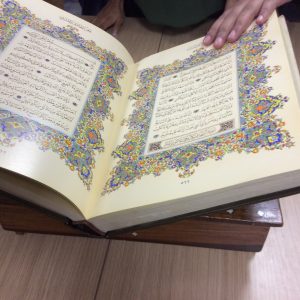
Teaching with artefacts
Artefacts can be used to get students interested in a lesson, but artefacts can do more than just represent an engaging hook. In this post I am discussing the use of artefacts in lessons based on questions that I have been asked in teacher training sessions.